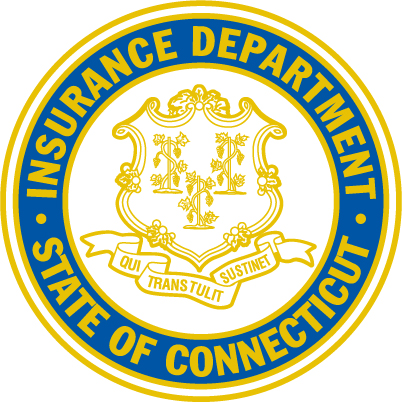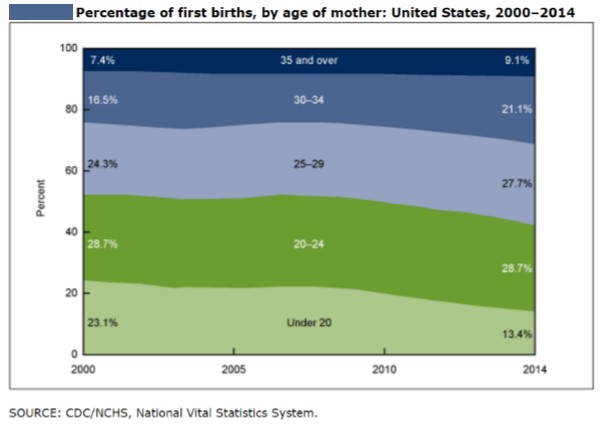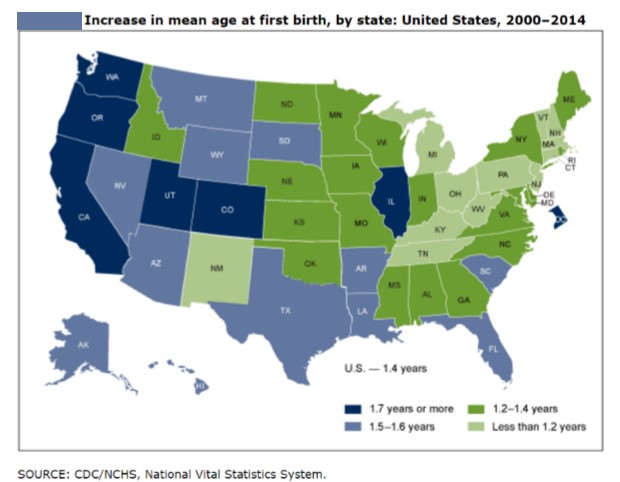Insurance Department Recovers $6 Million for Policyholders, Taxpayers in 2015; Recoveries, Fines Both At 4-Year Low
/The Connecticut Insurance Department recovered approximately $6 million for policyholders and taxpayers in 2015, helping individuals and families with their claims and complaints. The total dollar amount of the recoveries declined for the third consecutive year, down from a high of $8.7 million in 2012, $7.4 million in 2013 and $6.3 million in 2014.
Officials indicated that the Department’s Consumer Affairs Unit (CAU) fielded more than 6,100 complaints and inquiries and helped policyholders recoup more than $4 million from January 1 to December 31, 2015. The number of complaints and inquiries dropped slightly from the previous year, when 6,500 were handled, recouping $4.3 million for policy owners. In 2013, policyholders saw $4.7 million returned. In 2012, the numbers were virtually identical to 2015.
“Behind these statistics are the individuals and families the Department was able to help through our intervention,” Commissioner Katharine L. Wade said. “In many cases we were able to make a real difference in their lives and I encourage anyone with questions or concerns about their insurance to contact the Department. We are here to help consumers.”
The department, in announcing the annual totals for 2015, also highlighted some individual recoveries, including:
- $27,000 for home health care services for a senior citizen under her long-term care policy
- $13,000 to pay for speech therapy for an autistic child
- $16,000 paid to a policyholder for an inpatient stay at a skilled nursing facility

- $37,000 in an additional payment to a homeowner to settle a claim
“Our staff makes certain that companies and agents comply with all state insurance laws and regulation and have extensive knowledge to answer a wide range of insurance questions,” the Commissioner said.
In addition to recoveries for policyholders, the Department’s Market Conduct division levied approximately $1.7 million in fines against carriers and returned that money to the state General Fund in 2015. The fines resulted from a variety of violations and settlements ranging from untimely claim payments to improper licensing. That was the lowest total for fines in recent years, perhaps signifying greater compliance. In 2014, fines totaled $2.03 million, in 2013 the total was $2.7 million and in 2012 fines levied totaled $4.6 million.
The majority of the funds recovered for policyholders stemmed from complaints over health, accident, homeowners and life and annuities policies.
The following is the breakdown of funds recovered in 2015:
- Accident, Health - $2.7 million, compared with $2.5 million in 2014
- Auto - $430,000, compared with $381,000 in 2014
- General Liability - $17,200, compared with $65,000 in 2014
- Homeowners - $530,000, compared with $65,000 in 2014
- Life, Annuities - $294,000, compared with $330,000 in 2014
Recoveries in 2013 were largely focused on homeowners, as a result of Superstorm Sandy-related claims. Department recoveries in 2012 reflect the impact of claims from 2011 Storm Irene and the late October snow-filled Nor’easter that landed in Connecticut.
The Department calculates its consumer recoveries based on what the policyholder received as a result of the Department’s intervention. The inquiries and complaints also help the Department identify industry trends that may adversely affect consumers and trigger investigation by the Market Conduct division, officials said.
In addition, complaint data also help determine topics for consumer education and serve as tools to help the Department monitor the industry. The Market Conduct enforcement actions are posted on the Department’s web site at www.ct.gov/cid





 business with a double and sometimes triple bottom line. In addition to providing co-working space and accelerator and mentoring programs, reSET aims to inspire innovation and community collaboration, and to support entrepreneurs in creating market-based solutions to community challenges.
business with a double and sometimes triple bottom line. In addition to providing co-working space and accelerator and mentoring programs, reSET aims to inspire innovation and community collaboration, and to support entrepreneurs in creating market-based solutions to community challenges. Yelp was founded in 2004 to help people find great local businesses like dentists, hair stylists and mechanics. Yelp had a monthly average of 89 million unique visitors who visited Yelp via their mobile device in the third quarter of 2015, according to the company, which also notes that “Yelpers” have written more than 90 million reviews since the company’s inception.
Yelp was founded in 2004 to help people find great local businesses like dentists, hair stylists and mechanics. Yelp had a monthly average of 89 million unique visitors who visited Yelp via their mobile device in the third quarter of 2015, according to the company, which also notes that “Yelpers” have written more than 90 million reviews since the company’s inception.

 hat their children will struggle with anxiety or depression.
hat their children will struggle with anxiety or depression.

 ast season as the New Britain Rock Cats, the team
ast season as the New Britain Rock Cats, the team  The final
The final 
 On July 13, 2015, President Obama hosted the sixth White House Conference on Aging, joining older Americans and their families, caregivers, and advocates at the White House and virtually through hundreds of watch parties across the country.
On July 13, 2015, President Obama hosted the sixth White House Conference on Aging, joining older Americans and their families, caregivers, and advocates at the White House and virtually through hundreds of watch parties across the country.


 The report emphasized that over the past several decades, the United States continued to have a larger number of first births to older women along with fewer births to mothers under age 20. “This trend and the more recent uptick in delayed initial childbearing can affect the number of children a typical woman will have in her lifetime, family size, and for the overall population change in the United States,” the federal agency pointed out.
The report emphasized that over the past several decades, the United States continued to have a larger number of first births to older women along with fewer births to mothers under age 20. “This trend and the more recent uptick in delayed initial childbearing can affect the number of children a typical woman will have in her lifetime, family size, and for the overall population change in the United States,” the federal agency pointed out.







 The density of established small businesses per 100,000 residents increased slightly from the previous year, from 1,147.3 to 1,167.4 in 2015. Established small businesses are defined in the study as businesses over the age of five employing at least one, but less than fifty, employees. The rate of small business ownership also grew slightly in Connecticut, from 6.14 percent to 6.34 percent.
The density of established small businesses per 100,000 residents increased slightly from the previous year, from 1,147.3 to 1,167.4 in 2015. Established small businesses are defined in the study as businesses over the age of five employing at least one, but less than fifty, employees. The rate of small business ownership also grew slightly in Connecticut, from 6.14 percent to 6.34 percent.
 Tennessee is the only state that did not show an increase in established small business activity in 2015 compared with 2014.
Tennessee is the only state that did not show an increase in established small business activity in 2015 compared with 2014.


























